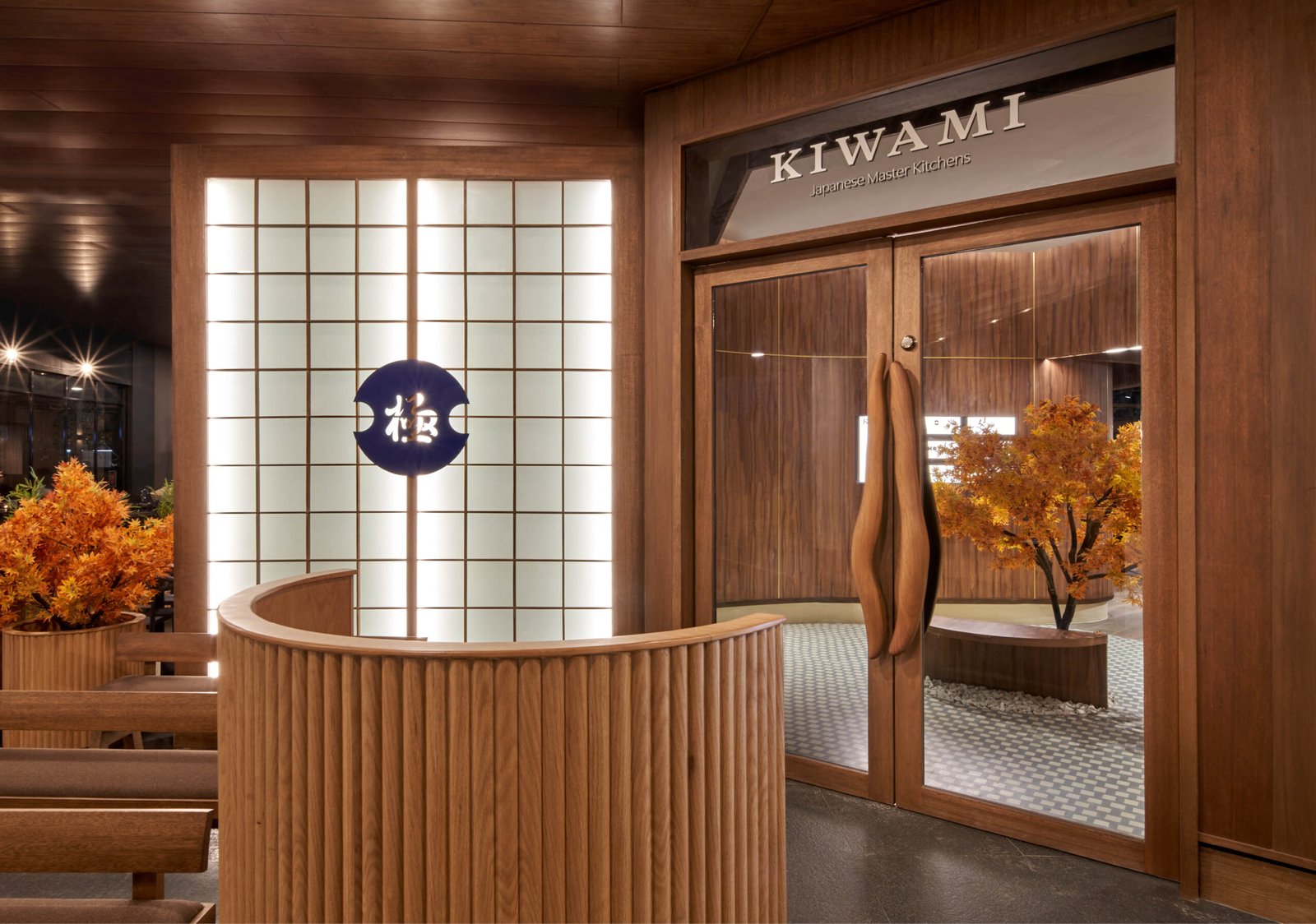Interview Patrick Kasingsing
Images Standard Hospitality Group
(Michael Concepcion)


Hello, Michael! Glad to have you at Kanto! Let’s kick things off with an icebreaker. If you could host any notable Japanese personality at the new Kiwami Japanese Master Kitchens, who would it be, and what would you serve them?
Michael Concepcion, creative director, Standard Hospitality Group: Hello there! No question, I’d invite my mother-in-law, Atsuko. She’s the best Japanese cook I know. My wife, Mari, is half-Japanese, and every time we visit her family home in Sydney, Atsuko prepares these incredible Japanese dishes. Whenever we create a new concept or dish, I always make it a point to run it by her. If it passes her test, I know it’s good! She recently introduced us to the technique of Koji marinating, which we now use across Yabu and our other brands.
Let’s now dive into the relaunched Kiwami Japanese Master Kitchens BGC, formerly Kiwami Food Hall. It’s an F&B format offering four curated Japanese concepts (Yabu, Ippudo, Hachibei, and Hannosuke), which you’ve expanded further with Koyo Hand Roll, which launched last October 7th. Kiwami Food Hall opened its doors in 2021. What drove the decision to rebrand just three years after your launch?
Two key aspects have driven us: learnings and growth. When we opened Kiwami in 2021, we didn’t have a blueprint for running a large-format, multi-concept Japanese restaurant. While food halls are common, our approach is distinct, offering full-service dining where customers can order from multiple specialized kitchens directly at their tables, each focused on different Japanese dishes. Over time, we learned what worked and what didn’t, and those insights shaped this renovation. Ultimately, these insights come from our commitment to delivering a better, more elevated dining experience for our customers.
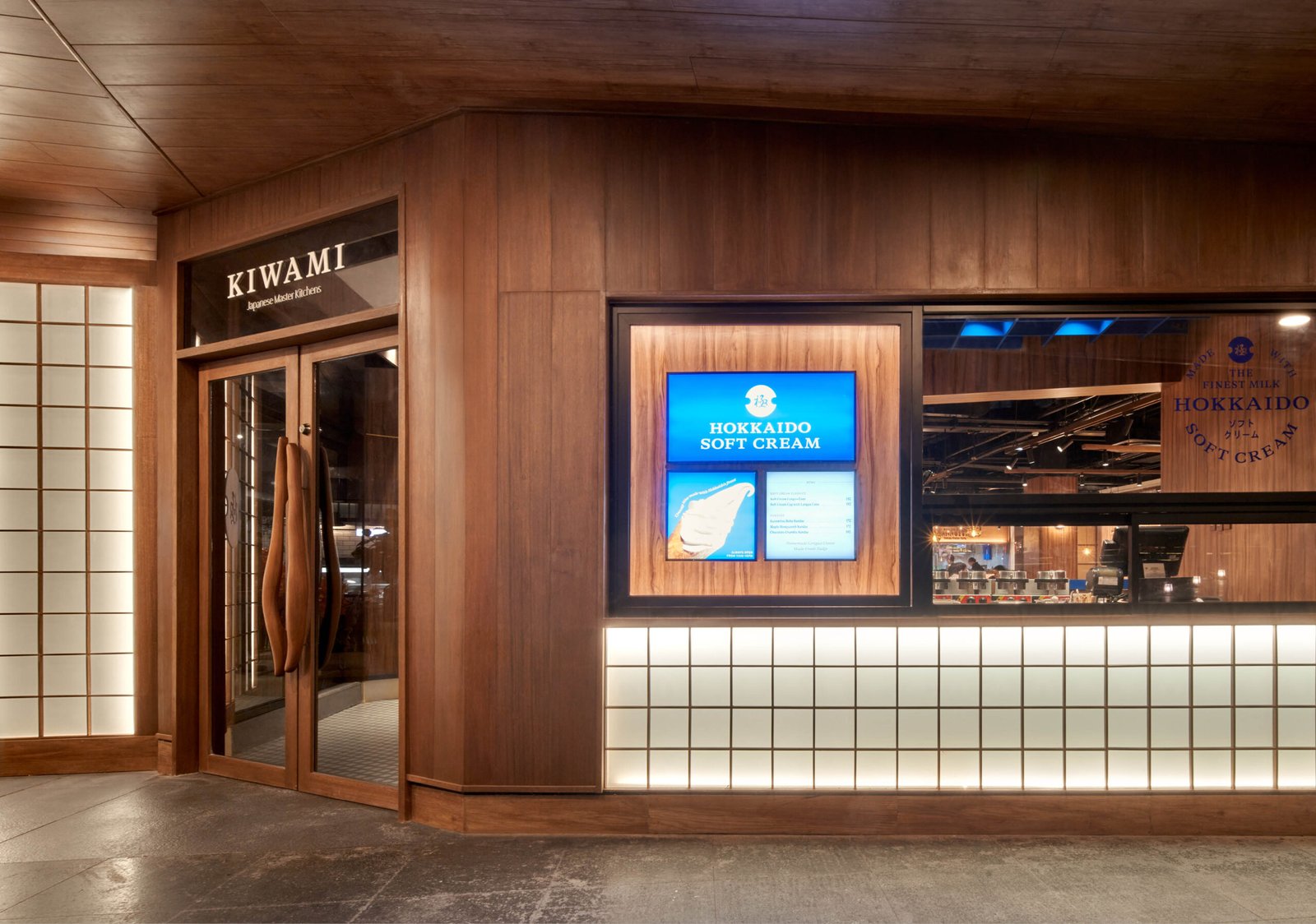



So, does this renovation set the standard for future Kiwami outlets? I heard a new one just opened in Alabang.
Michael Concepcion: To some extent, yes. Renovating while keeping the restaurant operational was challenging—we couldn’t afford to shut down for months, so we had to move quickly. BGC is our flagship location, and it was essential to bring it up to par with our other stores. Beyond the aesthetics, we focused on improving operational efficiency by adding 20% more seating and introducing a new kitchen for Koyo by downsizing another. We also enhanced the customer experience by relocating the cashier and bar to the back, and we created a “moment area” at the entrance. This allows customers to pause and get a sense of what Kiwami offers before immersing themselves in the dining experience. It’s a small but meaningful detail that was important to us.
That pause is such a Japanese touch, giving customers a moment to take in the space without overwhelming them. This is particularly apt for a multi-concept restaurant, where there’s a lot to take in.
Michael Concepcion: Exactly. When you walk into Kiwami, there’s indeed a lot to take in—multiple kitchens, busy staff, and diners all around. We wanted to soften that initial impact with the creation of this “moment area,” giving guests a chance to pause and absorb the atmosphere before diving into the experience. We also relocated the Hokkaido soft-serve ice cream station, one of our popular attractions, to the front for easy outdoor access. This allows people to grab and go without disrupting the dining experience of those seated inside.
Fascinating how you opted for such a comprehensive update, considering Kiwami was already doing well.
Michael Concepcion: You’re right—we didn’t have to make such an update, as Kiwami was already performing well. But we don’t take success for granted. When something works, we believe in reinvesting to ensure it continues to grow and improve. We don’t wait for quality to decline before making changes. It was a significant investment, both in opportunity and renovation costs, but Kiwami is a strong brand, and we felt the long-term benefits far outweighed the short-term disruption.
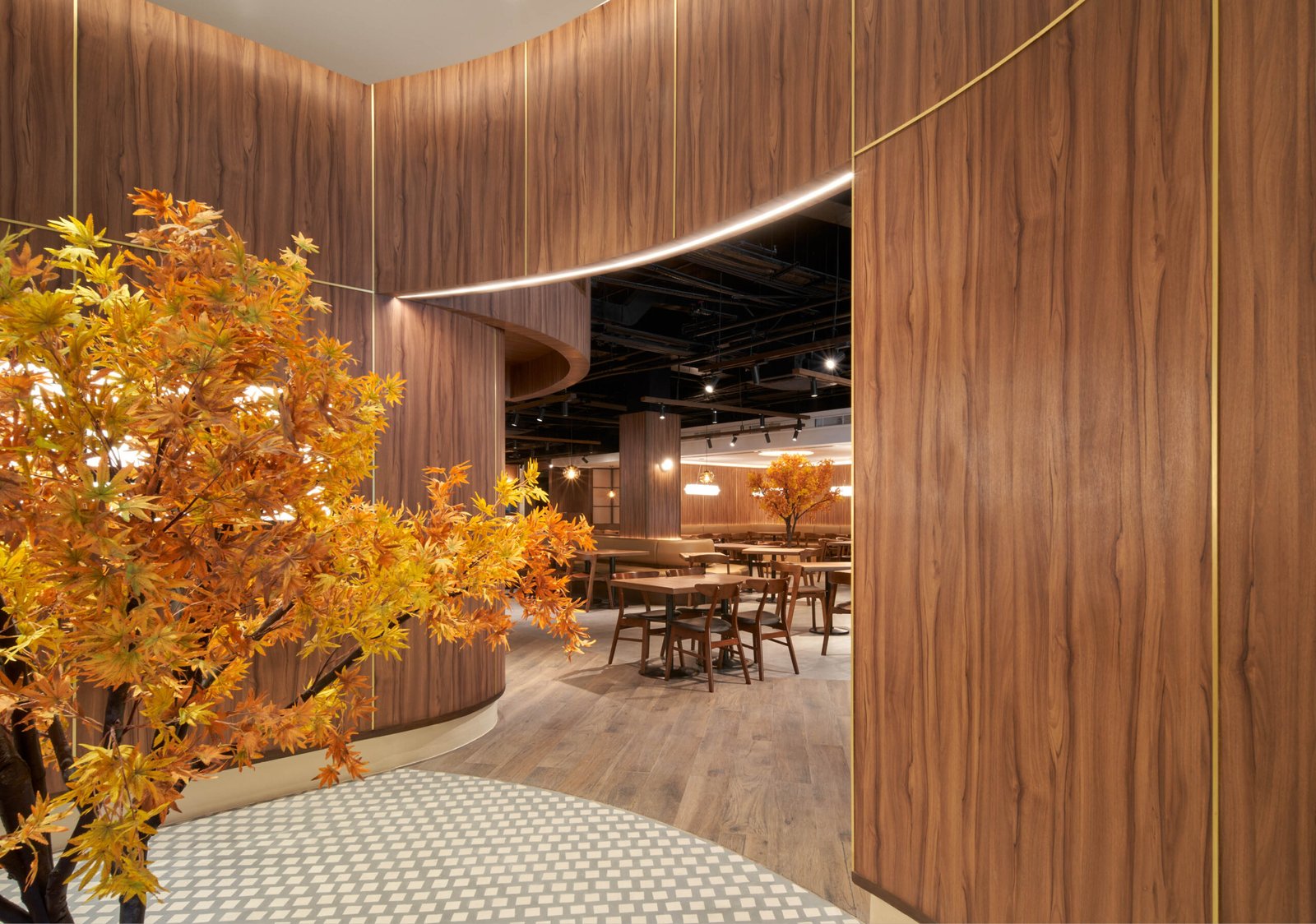



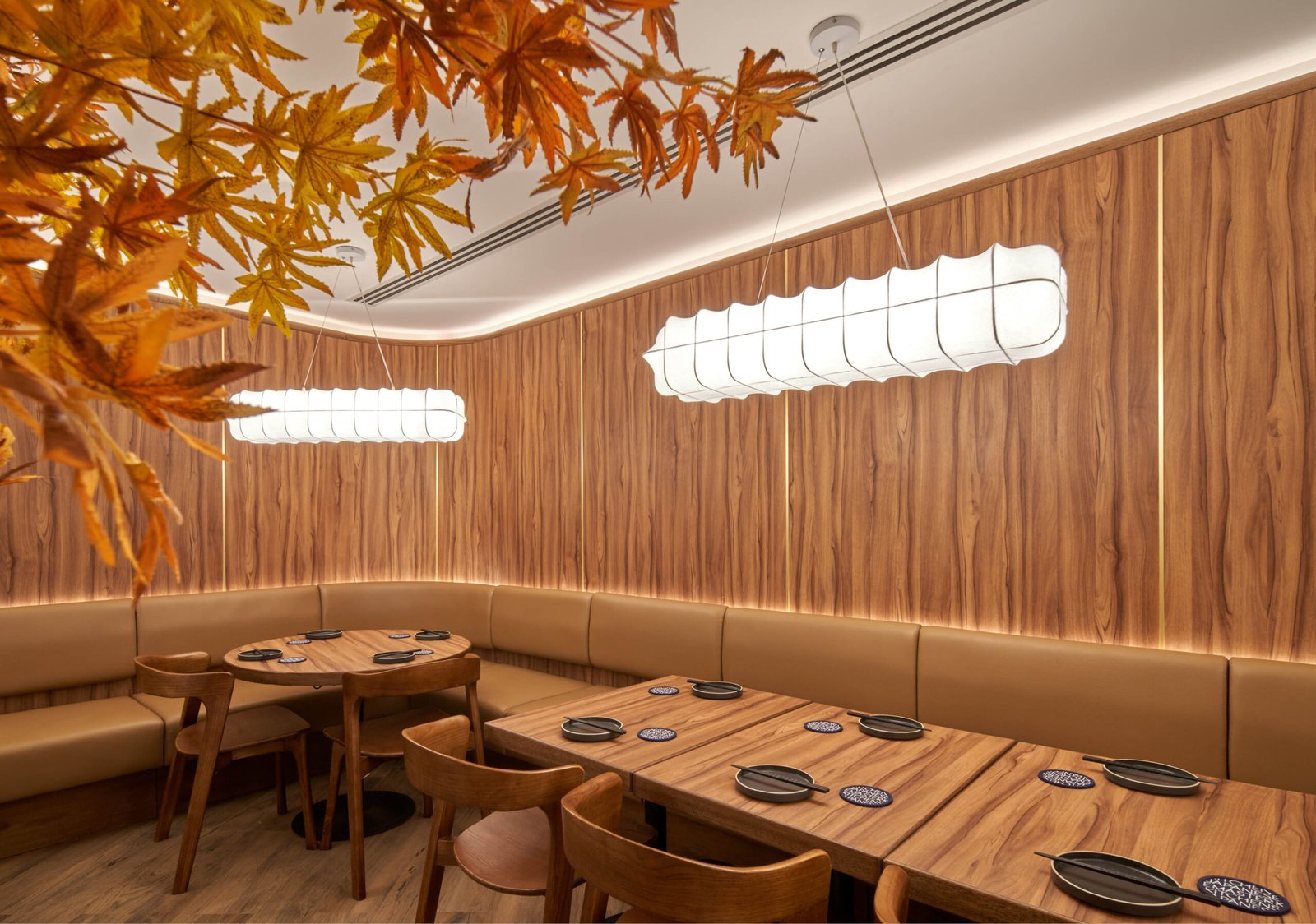

I confess I haven’t had a chance to dine at the old Kiwami, but I’ve tried Yabu and Ippudo. Kiwami appears to be a sampler or an introduction of sorts to what the Standard Hospitality Group has on offer. Do you serve full menus from each concept, or is it more limited?
Michael Concepcion: We didn’t want Kiwami to feel like just a sampler. When you dine here, you get the full experience from each brand, with the same quality and portions you’d expect from Yabu or Ippudo, but with even more variety. This sets us apart from typical food halls, which often limit offerings due to space constraints. Since we own all the concepts, we’re able to offer a comprehensive menu that delivers the best of each kitchen under one roof.
That’s indeed a significant differentiator. It’s not just about tasting small bites but getting the full range from each concept.
Michael Concepcion: Exactly. Our menu is divided into seven sections, starting with a brief introduction to each brand. We encourage customers to begin with appetizers and small plates, which feature dishes from all our concepts. One of our latest additions is Hibachi, featuring binchotan-grilled dishes, created in collaboration with Sydney-based chefs Max Smith and Douglas Barker. The dishes are designed for sharing, so you can enjoy them alongside ramen or yakitori.
We’ve also added sushi, which customers had been asking for. To meet this demand, we introduced the Koyo Hand Roll Bar in collaboration with New York-trained chef Mark Manaloto, who has extensive experience in top sushi omakase restaurants. Our goal was to make the sushi both creative and affordable, which can be challenging.




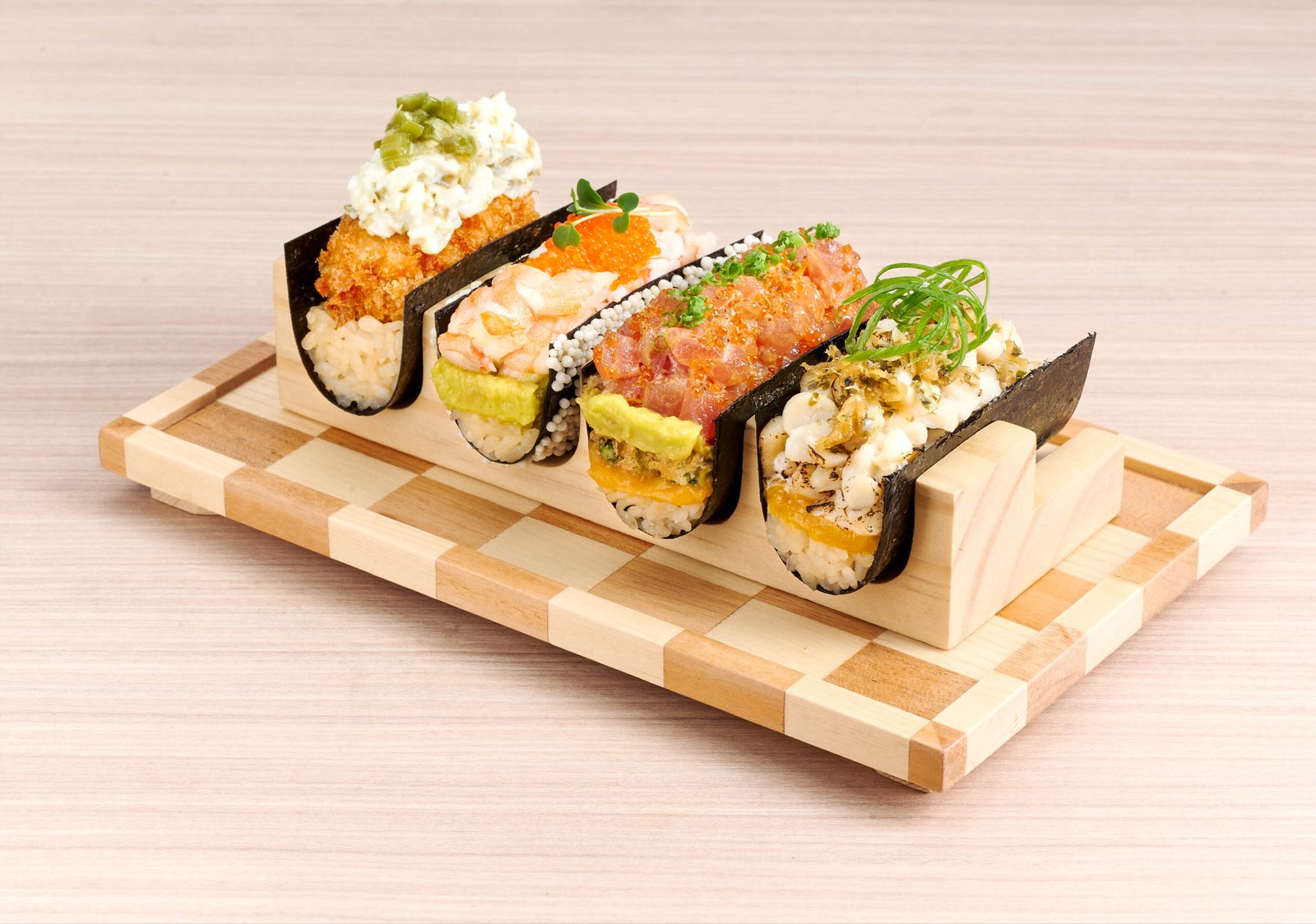
Let’s talk about your new menu. I love how it is designed and structured. It’s visual storytelling, guiding customers through the dining experience with well-considered paper stock, sectioning through varied page sizes, and sumptuous photography.
Michael Concepcion: Thank you for noticing! That project was really personal to me—I led the design and creative direction, and getting it just right wasn’t easy. It honestly felt like my Everest, haha! I still consider this our “1.0” version since there are a few things I want to tweak. We experimented with various paper types and layouts to create a menu that’s both intuitive and informative, which was no small feat when trying to represent six brands in one. I’m really proud of the team we worked with—Isai Araneta, our art director, led the photo direction, and Ken Logro at DEFT handled the layout and composition. They all did an incredible job!
It shows. The efforts to create a relationship with the diner beyond something transactional come across clearly.
Michael Concepcion: Some people appreciate the story, while others just want to order. But for those who are interested in the story behind their meal, we want to make it available. Many menus today lack context, and we felt we had a lot to share. Japanese cuisine has evolved the way it has globally because each dish, whether simple or elaborate, carries so much story and process. We wanted to honor that and share it with our guests.
Beautiful food photography is everywhere now, but not all carry narrative pull beyond the millisecond where it catches your attention.
Michael Concepcion: Yes, and we definitely have that here and more. I’m especially proud of the photography for our new sushi brand, Koyo. The art direction was a personal highlight for the team. The food styling was inspired by vintage furniture catalogs and posters—we loved how they featured the items in diagrams and cross-sections, highlighting every detail and making the products feel larger than life. We wanted to do something similar with our hand rolls, showcasing the layers and construction almost like a schematic. It has a very geometric feel to it.
I hope you don’t mind me getting very geeky about graphic design now.
Oh, no worries, I love brand identity stories. I’m a graphic designer by training, so feel free to elaborate!
Michael Concepcion: Great! I definitely felt a bit of pressure and imposter syndrome with this one (laughs). I’m not a graphic designer, but I love playing around with typefaces and logo composition. I named the brand Koyo because I like short, four-letter words, and in Japanese, it refers to the transition of autumn leaves, which I thought was a nice—more subtle reference than something more literal like “Sushi X” or similar names.
I used a typeface from a type foundry I really like, and I loved how the letters ‘KO’ could be inverted to create an icon that actually resembles a hand roll, which became a fun little Easter egg in the design. We also chose a color palette inspired by yuzu kosho, a Japanese condiment, incorporating that specific shade of yellow into the brand identity.
A fun detail: we even experimented with 3D-printing the icon into a roll holder for serving sushi. It’s still a work in progress, but I think it could turn out really cool once we get it right!
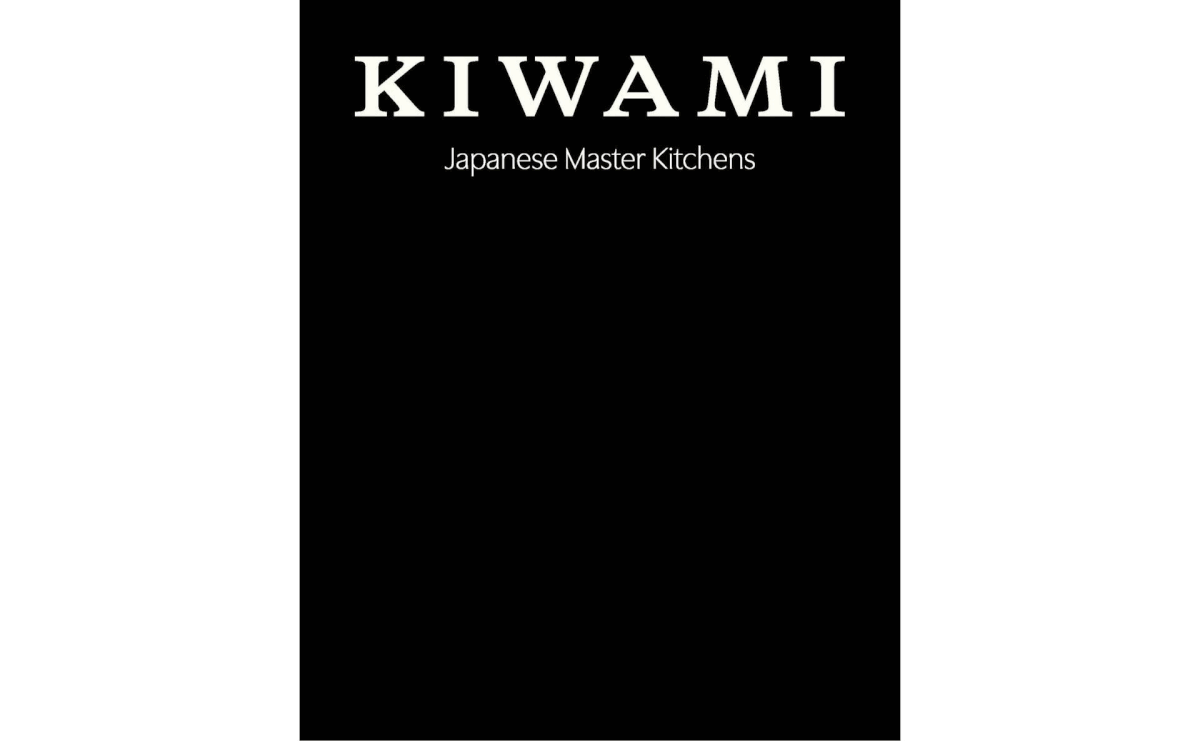

You know, most companies would outsource design projects like this.
Michael Concepcion: You’re right, but it’s kind of just worked out this way. While my executive team might say my time could be better spent elsewhere, I’m a bit of a frustrated creative. I love being hands-on and involved in the process—it keeps the work fun and exciting for me.
And brand identity design isn’t something you want to rush. Once you settle on a logo, you don’t want to change it constantly.
Michael Concepcion: Yes and sometimes these things need time to really bake and mold into its final form. I felt it was important to run with the process at our own pace. Luckily, I worked with the DEFT team, who felt more like an extension of our own team rather than an external partner, and they made the whole process flow smoothly as someone who likes to get involved haha
I guess that’s unavoidable as the owner and one with a creative streak.
Michael Concepcion: Haha! That’s why I decided it was easier to handle Koyo in-house. I started by selecting the primary and secondary typefaces, figuring out the composition, and then brought in the DEFT team to help with the technical details like kerning, spacing, and refining the layouts and overall flow. The design was inspired by mid-century Japan and some classic hotels I like there.
I can see that! The mid-century modern look comes through, especially in the branding and ordering station design.
Michael Concepcion: Glad you like it!
Is this concept being launched specifically here, or across all Kiwami locations?
Michael Concepcion: It will be rolled out at all Kiwami locations, but Koyo could eventually become a standalone brand if the market responds well. Sometimes, we identify a market need, but in this case, the market clearly showed demand for sushi. So we thought, “How can we do sushi in a way that feels authentic to us and fits within our existing brands?”
I see.
Michael Concepcion: Creating a new brand is always a challenge. With Koyo, everything seemed to come together naturally. I find when you’re in the right creative space, the universe often nudges things in the right direction and the design details just kept coming out to me for this project.

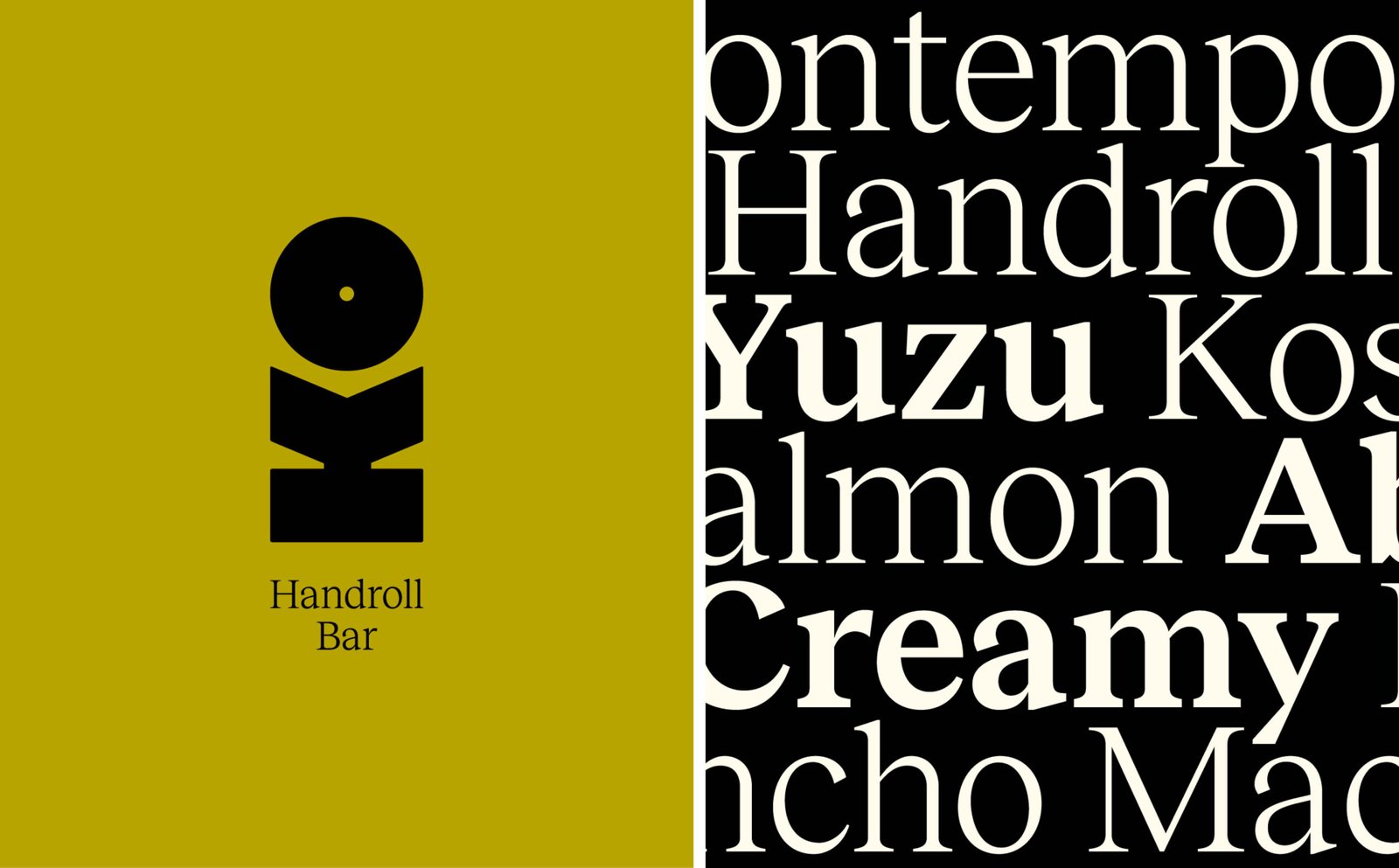
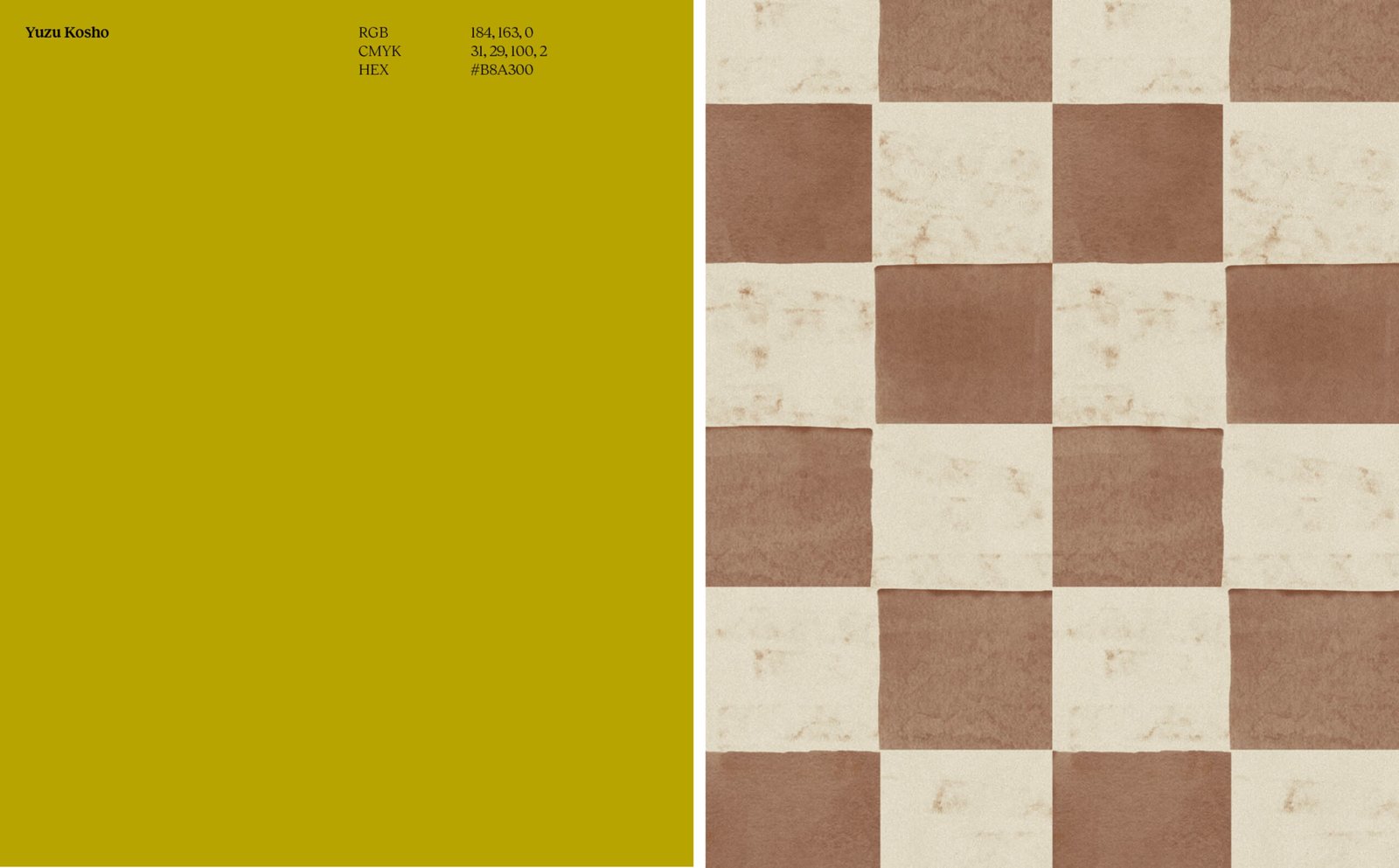
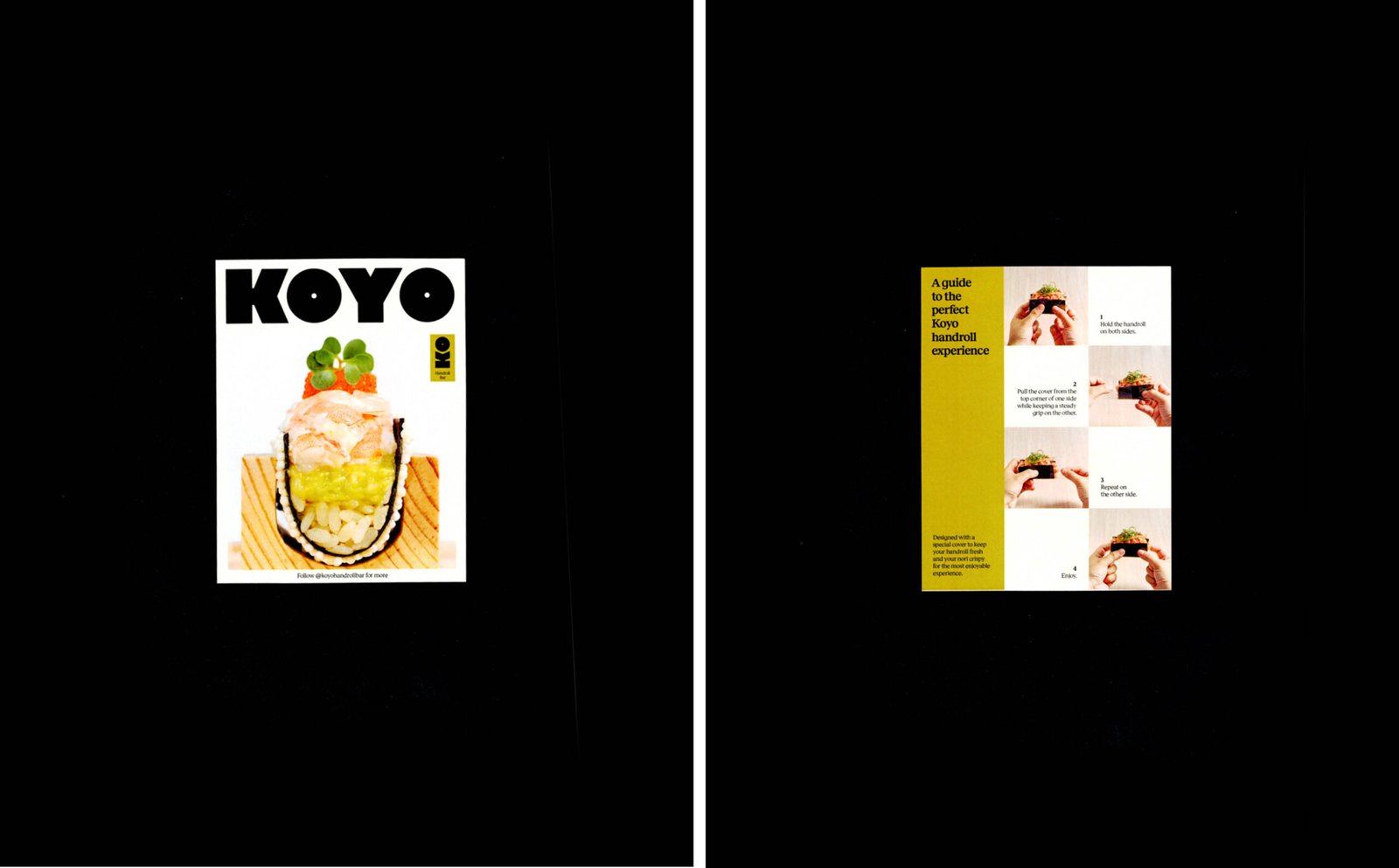
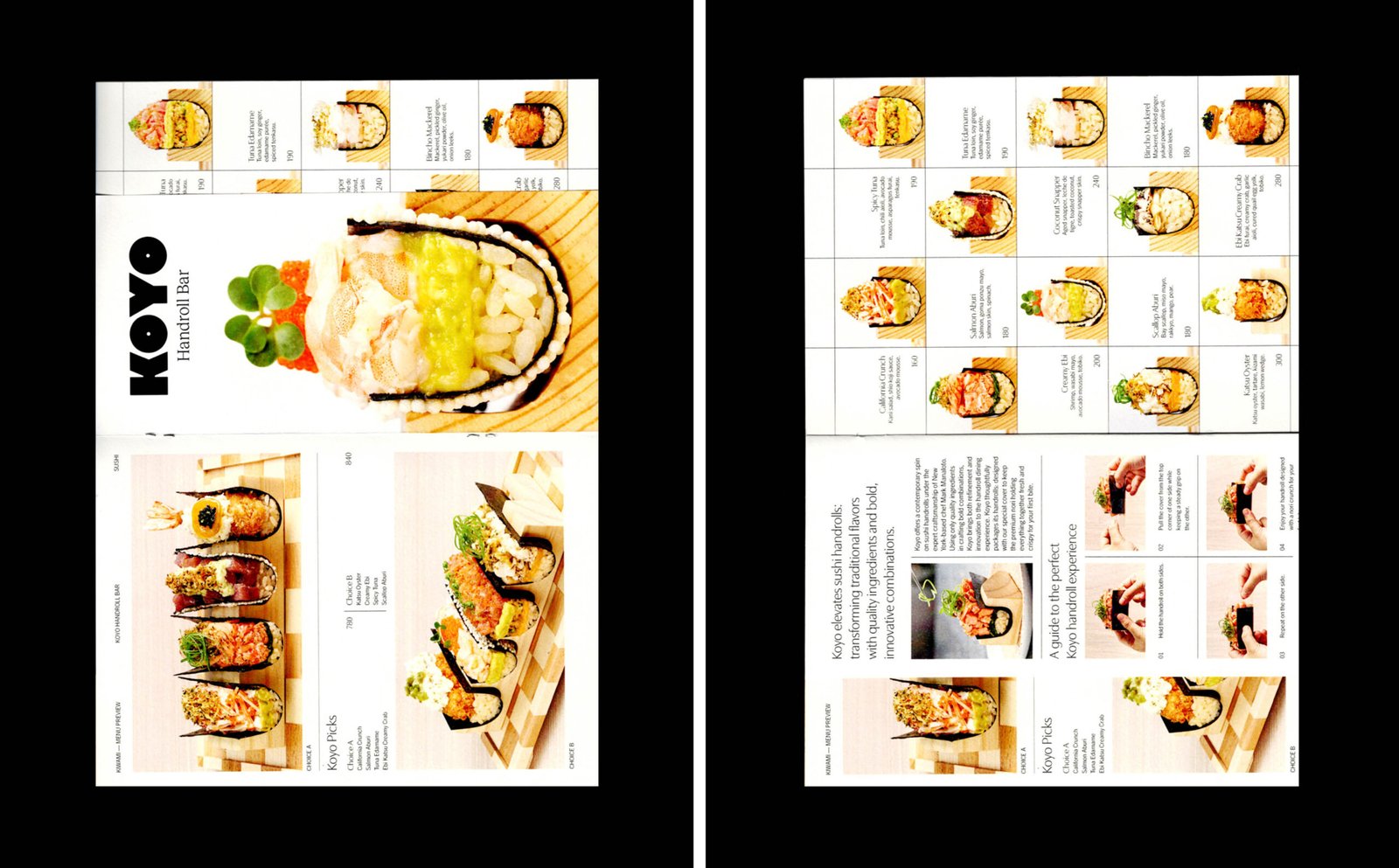
Let’s talk about your collaboration for Kiwami 2.0 with 360-design services outfit DEFT, which has a presence in Hong Kong and Manila. Was this your first time working with them?
Michael Concepcion: Yes. We’ve worked with many architects over the years, especially during my decade in retail, but this project was more personal. I prefer working with people I can build friendships with, as I believe a shared language develops naturally through close collaboration. For me, the creative process is democratic—ideas can come from anyone on the team, and that’s something I really appreciate.
Other architects might prefer a more formal client-designer dynamic, but you like being involved.
Michael Concepcion: Yes, some designers prefer a more formal separation, which I respect, but being involved in the process is essential for me, so I enjoy working with firms that are more open to that. Peter [Lampard, co-founding partner of DEFT] made the whole process so easy. He and his team are incredibly professional, humble, and talented.
Kiwami was our first project with Peter and team, and it was a a bit of leap of faith considering he was new to the Manila market but they did so well that we’re already doing two more projects with us with them.
Wow, that’s one way to show trust! I saw his portfolio in Hong Kong; he has extensive experience with restaurants and hotels. But, as you mentioned, Manila is a different story.
Michael Concepcion: Definitely, it’s all about the context. A lot of design concepts may look great, but the real question is: can they actually be made here? Are the materials available locally? And will it age well in our climate? These practical considerations are just as important as the design itself.
It sounds like you complement each other well.
Michael Concepcion: Yes, Peter balances me out. I tend to overthink design decisions because design is so subjective. Is it better for this to be brown or blue? Who’s to say? But Peter is pragmatic—he encourages me to make decisions and not get too caught up in the details.

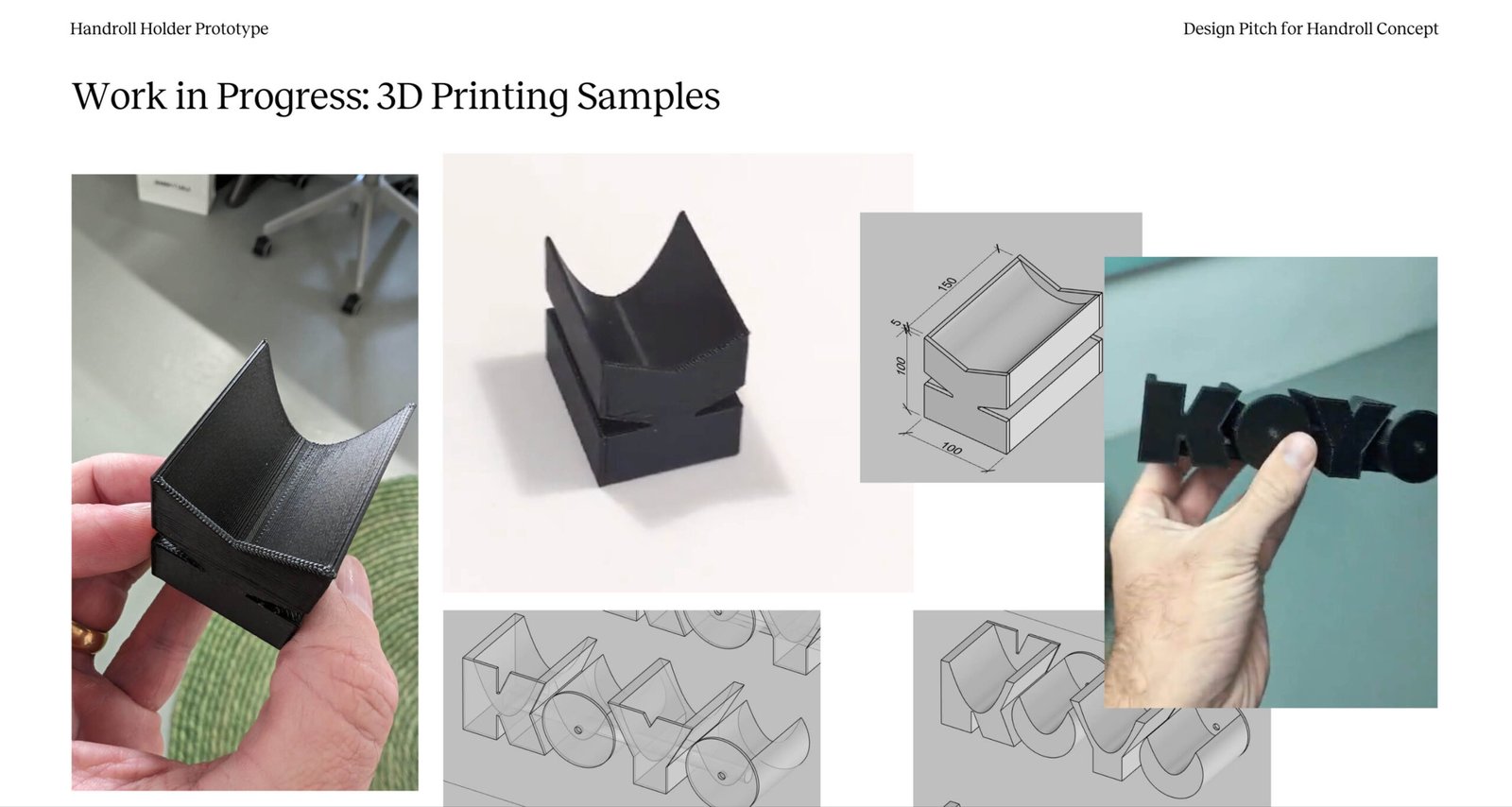
You’ve mentioned that working with Peter was seamless. Can you elaborate on that dynamic?
Michael Concepcion: Peter is incredibly easy to work with. The process flowed naturally, and whenever we thought we had a final design, if Peter sensed I wasn’t completely confident, he’d say, “Don’t worry, we can revisit it.” It was such a relief—there was never any pressure to finalize decisions hastily. He kept the dialogue open, which is rare. People in his position often say, “This is the final design,” and you’re expected to accept it. But Peter wasn’t like that; he welcomed second-guessing. That openness fostered a truly collaborative atmosphere and, in my opinion, led to a much stronger end result.
So this project did not follow a traditional client brief with rigid guidelines from the start? It sounds more like an organic process that evolved.
Michael Concepcion: Exactly. I’m structured when it comes to non-negotiables, so I set clear boundaries for what the space needed to accomplish. That’s always my starting point—defining how the space should function. I’m very specific about the operational aspects because they’re critical to the overall experience. But I allowed more flexibility for the subjective elements—like materials, finishes, or color schemes. I didn’t impose strict rules, such as, “This has to be wood” or “This wall must be blue.” I stayed open to what worked best for the space. The process felt collaborative because I trusted Peter and his team to bring their expertise to those decisions.
Let’s circle back to the topic of brand identity but in the context of Kiwami 2.0. You mentioned that this brand refresh is an organic evolution rather than an overhaul…
Michael Concepcion: Absolutely. I wouldn’t call it a rebrand; it’s more of a refinement. We didn’t need to reinvent the wheel, just elevate what was already there. With Kiwami 2.0, our goal was to create a stronger, clearer identity. Previously, it had a fragmented feel, almost like a mall with individual tenants. Now, it’s much more cohesive, more like a store or even a gallery. Kiwami is the gallery, and each vendor or master kitchen is part of our curated collection. It’s our job to make sure every piece fits into the larger narrative.
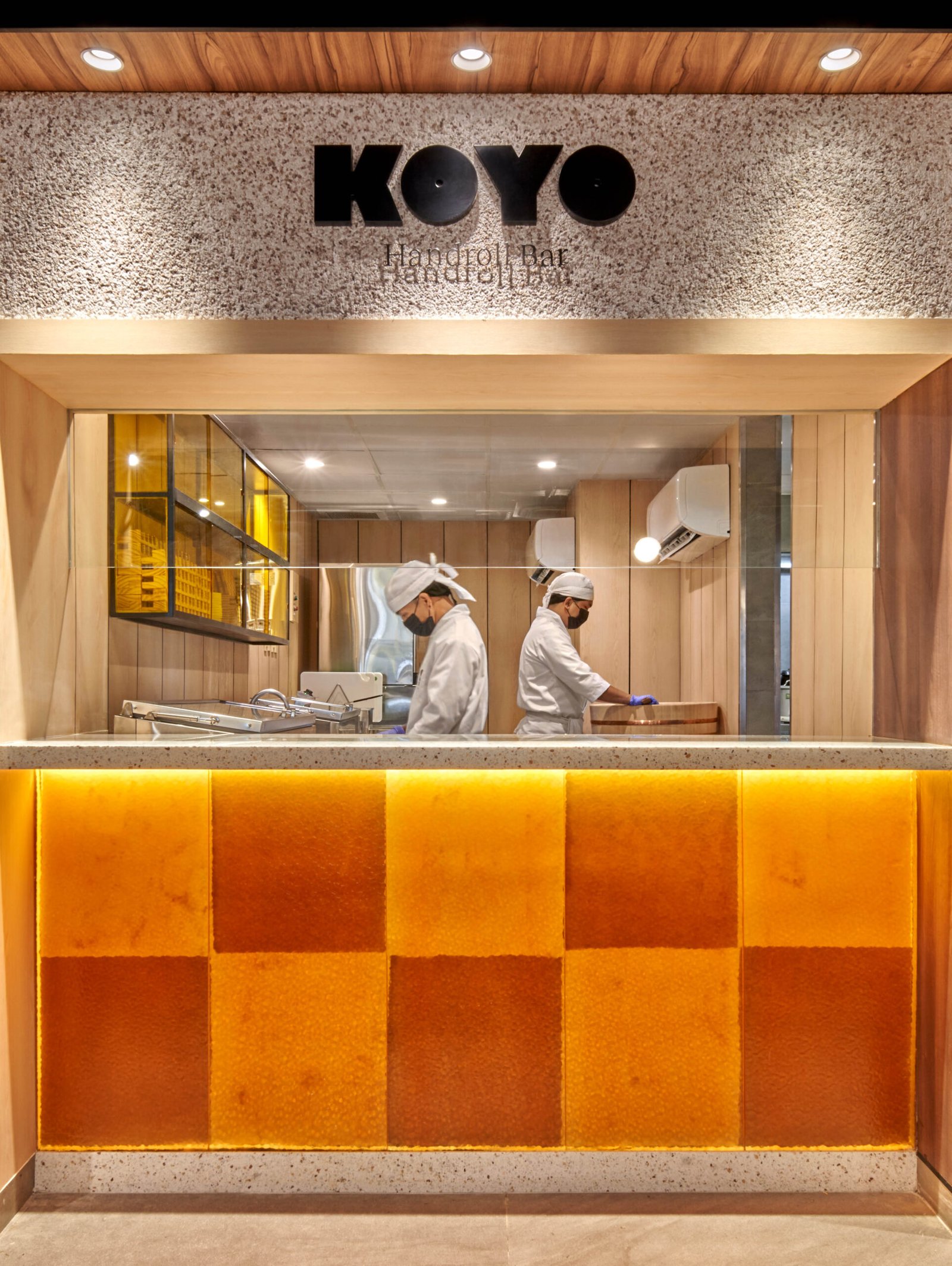



That’s an elegant way of framing it. Instead of just being a name above a collection of individual restaurants or stalls, Kiwami takes on the mantle of gastronomy curator, offering distinctive experiences under one space.
Michael Concepcion: Yes, it’s about creating a cohesive environment where every element contributes to the whole, rather than feeling like a collection of disconnected spaces. The overarching brand needed a clear voice and identity to make that happen. Everything, from the typeface to the wayfinding and color palette, was intentionally designed to create a sense of unity. We wanted people to feel like they were entering a distinct world when they walked into Kiwami—not just a food hall with separate kitchens. The brand had to be strong enough to anchor the entire experience while still allowing each kitchen to shine.
Sounds like a delicate balance to strike: strengthening the brand without sacrificing the individuality of each kitchen.
Michael Concepcion: It was a challenge, but also exciting. You don’t want the brand to overshadow the kitchens, but you also don’t want it to be so subtle that it goes unnoticed. We had to find a balance where the brand enhances the experience without dominating it. The guest experience was always our primary focus. Every decision was guided by the question: how does this improve the guest’s experience? That’s where the enhancements came in—lighting, space flow, acoustics, and even temperature control were all carefully considered. It’s those subtle elements that create a seamless, elevated experience.
How did you approach the tagline? Did it evolve naturally through the process, or did you have to work at it?
Michael Concepcion: I enjoy copywriting, so I took a shot at it, but it went through several iterations before we landed on something that felt right. The final version is simple yet captures the essence of what we’re doing: “At Kiwami, our goal is to bring the best of Japan closer to you, all under one roof. We’ve curated distinct master kitchens, each specializing in a single dish to deliver mastery and expertise in every experience.” It’s direct, which is exactly what we wanted.
I like the simplicity. It doesn’t try to be overly clever—it just says what it needs to say, which makes it feel more genuine.
Michael Concepcion: That was the goal. We didn’t want to overcomplicate it or make it sound pretentious. People are coming for the food and the experience and we want them to quickly understand what we do and who we are.
I can relate as a writer. The most straightforward copy often takes the most work to get right because you have to strip away the fluff and get to the core of what you’re trying to say.
Michael Concepcion: Exactly. I have to give credit to Peter and his team for helping us stay on track and trimming all the unnecessary elements. They were responsible for everything—graphics, signage, wayfinding, menus, even down to the small details like tabletops. Having an integrated design team made a huge difference. We didn’t have to coordinate with separate agencies or worry about miscommunication. Everything was handled by one cohesive team, which made the entire process much smoother.


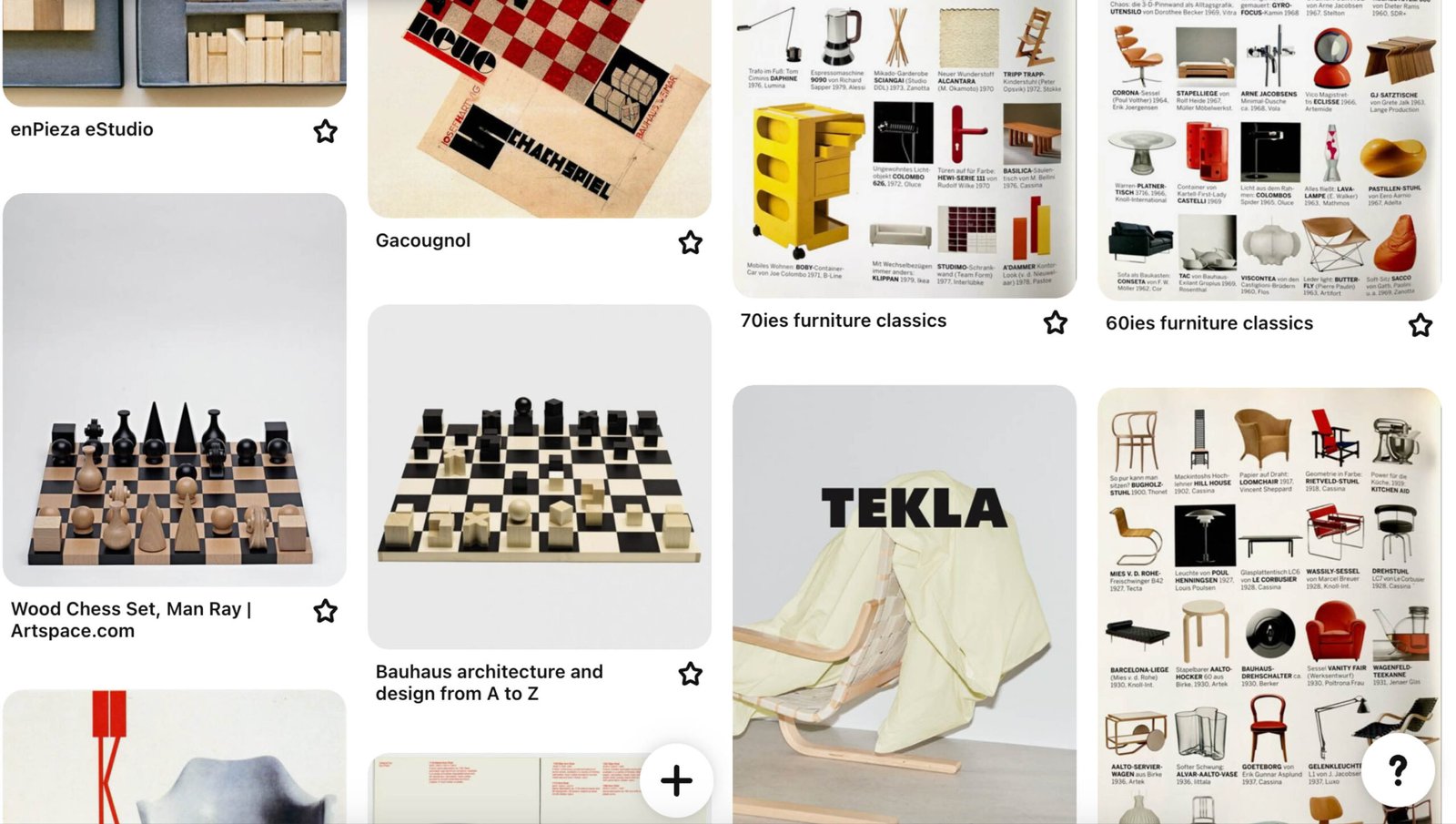

I have to ask (laughs)—you navigate many cultural nuances as a restaurateur and creative director. How do you balance the need for cultural authenticity in your work, particularly in design? And how does your team avoid relying on overused Japanese cultural tropes in your projects?
That’s an interesting question! We’re Filipinos, and this is a Filipino brand—home-grown and crafted by us. However, we collaborate closely with Japanese partners and specialists who are experts in their fields and have been doing this for years. We don’t alter their products; instead, we focus on delivering an authentic experience that captures the essence of what we’re creating.
What’s fascinating is how Japanese visitors, especially expats, react positively to the concept. It’s really validating when they express genuine excitement and say things like, “We’ve never seen anything like this in Japan. You need to bring this idea there!”
That’s encouraging. Their enthusiasm speaks volumes about the originality of your work. Being an outsider gives you a unique lens to identify subtleties in a culture that locals might overlook because they’re accustomed to it.
Perhaps, yes! I think it’s really about offering a new or different perspective that helps further appreciate and celebrate details that may not have been fully expressed before.
Okay, let’s wrap up by zooming out of Kiwami and into your work as a creative director and design purveyor. Given your role as the creative director of Standard Hospitality Group, how does Kiwami 2.0 fit into the broader ecosystem of your brands at Standard Hospitality Group? How does its design direction reflect your ethos as a creative, especially in light of your numerous collaborations with international brands like Carhartt and Aesop?
I feel incredibly privileged to work with some of the best brands and architects globally. With retail brands like Aesop and Carhartt, though, there are established guidelines that dictate much of the creative direction. While we can suggest ideas and offer feedback, the brand’s identity ultimately leads the overall vision.
With Kiwami 2.0, however, I had the unique opportunity to create those guidelines from scratch, which has been very exciting. It gave me the freedom to inject my creativity and vision directly into the brand. While I enjoy collaborating with brands, I can’t express myself as freely as I do with Kiwami—it’s a different level of creativity, and I thrive on that.
Though in different market segments, your collaborations with Aesop and Carhartt undoubtedly bring valuable insights that could inform your creative direction at Kiwami.
Absolutely! I’ve gained a lot from those collaborations. However, it’s worth mentioning that I’m a Marketing Major and I didn’t attend design school and don’t have formal training in this field. Most of what I know has come from hands-on experience and learning from the talented people I’ve had the chance to work with. I’ve been fortunate to sit in meetings where experts share their knowledge, and I absorb as much as I can.
I’ve developed a genuine passion for design discussions and picked up skills along the way. I wouldn’t say I’ve mastered anything—I still consider myself a student in this field. What I’ve learned is how to collaborate effectively with creative professionals. For example, I can now communicate with graphic designers about spatial needs or branding, and I can spot when something in a composition feels off.
When working with an artist, we might go deep into why this certain serif doesn’t quite speak to what we’re trying to say and often they’ll say, “I see exactly what you mean, lets do this instead etc” That kind of clarity wasn’t always easy for me earlier in my career, but it’s been rewarding to grow into that understanding and contribute meaningfully to the creative process.
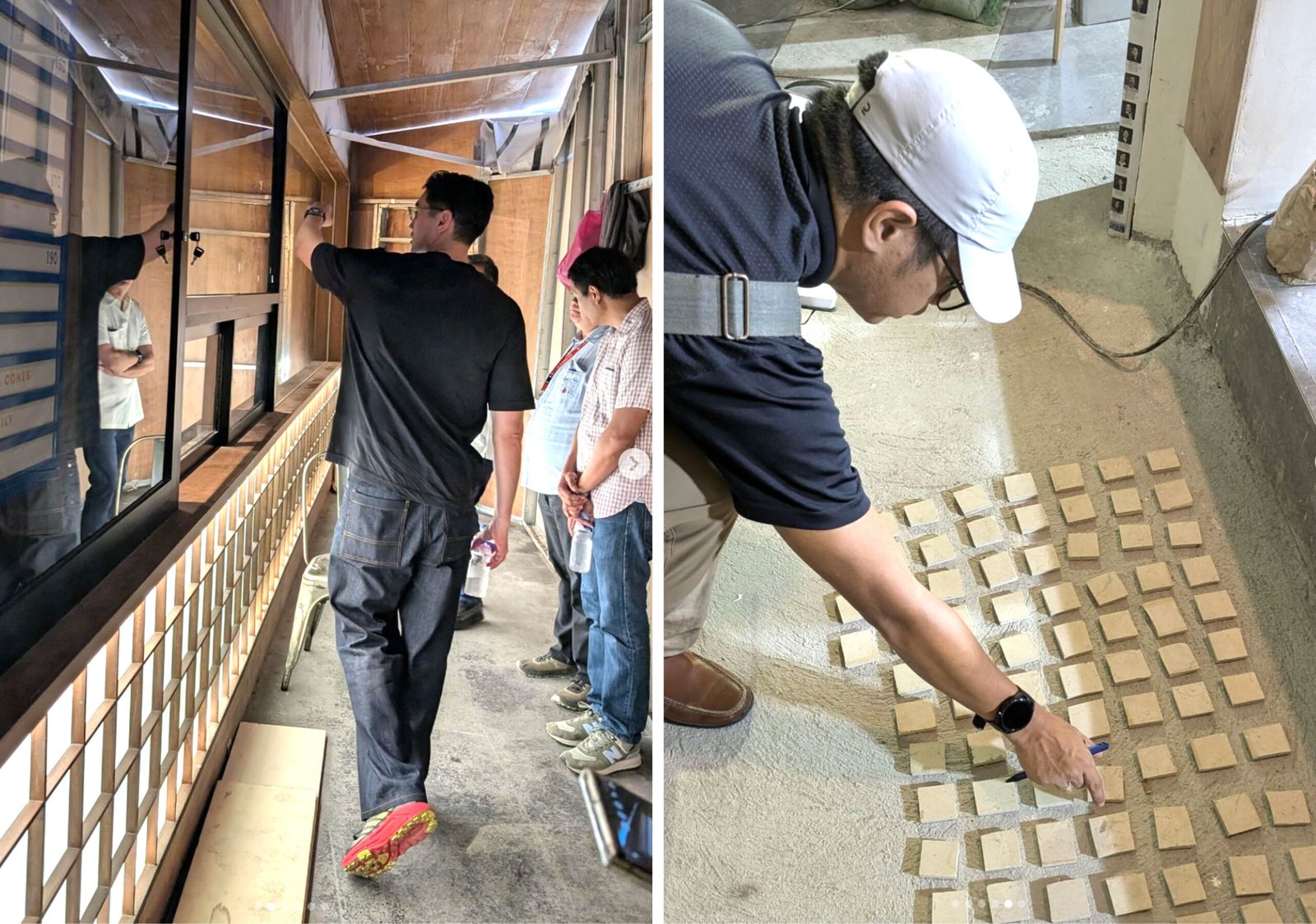

You have evolved into a role allowing more precise communication and collaboration, which is essential in any creative endeavor.
Michael Concepcion: Yes, in the past, I might have just said, “I don’t like this, but I can’t explain why,” which can be frustrating for both sides. Now, I’m much more confident in articulating on a more technical level what we’re after.
Great! Turning the design process into collaborative exploration rather than just a series of tasks.
Michael Concepcion: Yes, I just finished reading Rick Rubin’s book, and now I watch a lot of his videos. I particularly like his approach to collaboration. He says something along the lines of, and I’m paraphrasing here, how ideas aren’t owned by any one person. True collaboration happens when everyone in the room is working together toward what’s best for the whole.
He talks about shifting the narrative from “this is my idea”—something you hold in your head and feel ownership over—to putting it out there, figuratively and literally. Once it’s out in front of everyone, it becomes, “Here’s the idea. What do we all think of it, and how can we make it better?” That’s when the magic happens. You don’t want your idea to win, you want the best idea to win.
Indeed! Always healthy to develop a questioning mindset in pursuit of the best possible output!
Michael Concepcion: Yeah, it’s definitely something that comes with time. I had to learn later in my career how to pitch ideas in a way that gets them through, how to make something creative make sense from a strategic angle—what problems it’s solving or what opportunities it’s tapping into. It’s easy to get caught up in the creative side and act on impulse, but it takes some discipline to step back, see the bigger picture, and make sure what you’re doing actually makes sense in the grand scheme of things.
So you’re like a conductor in an orchestra!
Michael Concepcion: Well, I can’t draw to save my life! [laughs] But, like you said, I think I’m better at facilitating and guiding the creative process. I can’t create the music without the orchestra—everyone on the team is essential to making it all come together, and I’m lucky to be surrounded by such talented people. •
